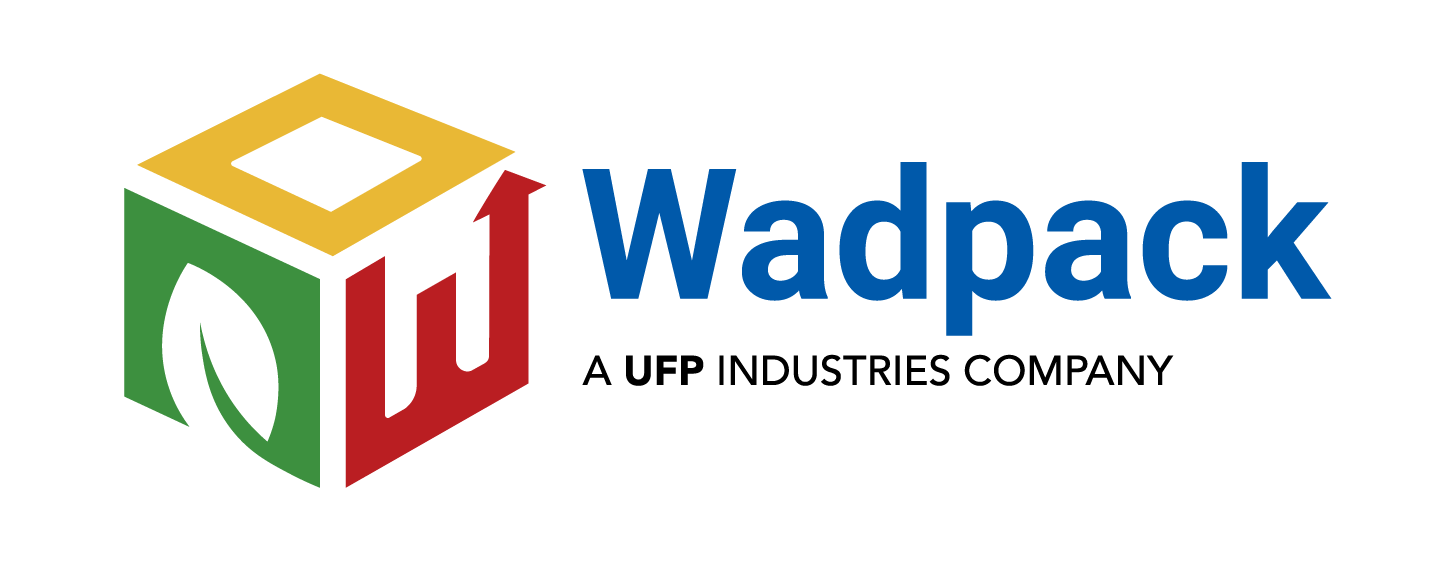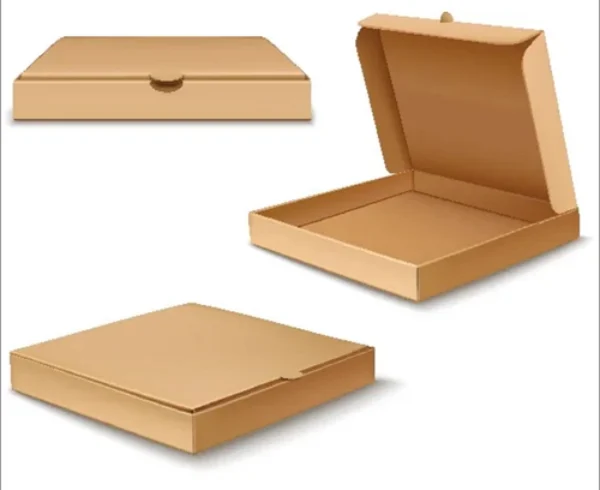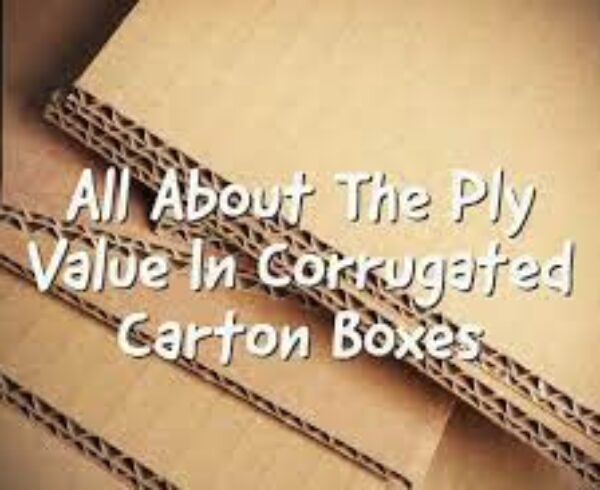Which Coating to Use for What Kind of Packaging?

When it comes to packaging, choosing the right coating is crucial for various reasons. Coatings not only enhance the visual appeal of the packaging but also provide protection and functionality. Different types of coatings offer different properties and benefits, depending on the specific requirements of the packaging. In this extensive guide, we will explore the various coatings available and discuss their applications based on different types of packaging.
Varnish Coating
Varnish coatings are commonly used in packaging to provide a glossy or matte finish and enhance the overall appearance. They offer protection against moisture, abrasion, and fading. Varnish coatings can be applied to different packaging materials such as paper, cardboard, and flexible films. They are often used for product boxes, labels, and retail packaging. Gloss varnishes provide a shiny finish, while matte varnishes offer a non-glossy, elegant appearance.
Lamination
Lamination involves applying a thin layer of plastic film to the surface of the packaging material, providing it with enhanced durability, moisture resistance, and a glossy finish. There are various types of lamination, including gloss, matte, soft-touch, and holographic. Gloss lamination is commonly used for packaging with vibrant colors or high-resolution images, as it enhances their visual appeal. Matte lamination provides a subtle, sophisticated appearance and reduces glare. Soft-touch lamination offers a smooth, velvety texture, adding a premium feel to the packaging. Holographic lamination creates a striking, eye-catching effect with its shifting colors and patterns, often used for luxury packaging or promotional materials.
UV Coating
UV coating involves the application of a liquid coating that is cured using ultraviolet light. It offers a high-gloss finish, excellent clarity, and protection against scratches, scuffs, and fading. UV coating is commonly used for packaging materials like paperboard, folding cartons, and labels. It enhances the visual impact of the packaging, making it stand out on the shelves. UV coatings can be used as spot coatings, covering only specific areas of the packaging, or as full coatings, covering the entire surface.
Aqueous Coating
Aqueous coating is a water-based coating that provides a protective layer to the packaging material. It offers excellent clarity, scuff resistance, and rub resistance. Aqueous coatings are available in various finishes, including gloss, satin, and matte. Gloss aqueous coatings provide a shiny appearance, while matte and satin coatings offer a more subdued, elegant look. Aqueous coatings are commonly used for folding cartons, labels, and brochures. They are environmentally friendly and often preferred over solvent-based coatings.
Metallic Coating
Metallic coatings are designed to give the packaging a metallic or foil-like appearance. They add a luxurious, eye-catching effect to the packaging, making it stand out. Metallic coatings can be applied to different packaging materials, including paper, cardboard, and plastic films. They are commonly used for cosmetic packaging, gift boxes, and high-end retail packaging. Metallic coatings can be combined with other coatings or printing techniques to create unique visual effects.
Anti-Scratch Coating
Anti-scratch coatings are specifically formulated to protect packaging materials from scratches and abrasion. These coatings are commonly used for packaging that undergoes frequent handling or transportation. Anti-scratch coatings provide a durable protective layer that helps maintain the integrity and appearance of the packaging. They are commonly used for electronic device packaging, high-end consumer goods, and automotive packaging.
Anti-Glare Coating
Anti-glare coatings are designed to reduce glare and reflections on the packaging surface, improving visibility and readability. These coatings are commonly used for packaging that includes printed text or graphics, such as instruction manuals, product labels, and displays. Anti-glare coatings enhance the legibility of the packaging, especially under bright lighting conditions or when viewed from different angles.
Anti-Static Coating
Anti-static coatings are used to reduce or eliminate static electricity on the packaging surface. They prevent static charges from building up, which can attract dust, dirt, and other particles. Anti-static coatings are commonly used for packaging electronic components, sensitive devices, and products that are prone to static-related damage. These coatings help ensure the safe handling and protection of the packaged items.
Barrier Coating
Barrier coatings are applied to packaging materials to provide protection against moisture, gases, and odors. These coatings create a barrier that prevents the penetration of external elements, preserving the quality and freshness of the packaged products. Barrier coatings are commonly used for food packaging, pharmaceutical packaging, and other products that require extended shelf life and protection from environmental factors.
Heat-Seal Coating
Heat-seal coatings are designed to create a strong bond when exposed to heat, allowing the packaging to be sealed or resealed. These coatings are commonly used for flexible packaging materials, such as pouches and bags. Heat-seal coatings provide secure and tamper-evident seals, ensuring the integrity of the packaged contents. They are widely used in the food industry, pharmaceuticals, and other sectors where product safety and freshness are critical.
Peelable Coating
Peelable coatings are applied to packaging materials to create a peel-off layer, allowing easy opening and resealing of the package. These coatings are commonly used for convenience packaging, such as single-serve food items, condiments, and sample packs. Peelable coatings provide a user-friendly solution, eliminating the need for scissors or other tools to open the package. They ensure convenience, freshness, and product protection.
Biodegradable Coating
Biodegradable coatings are environmentally friendly alternatives to traditional coatings. These coatings are designed to break down naturally over time, reducing their impact on the environment. Biodegradable coatings can be applied to various packaging materials, including paper, cardboard, and bioplastics. They are commonly used for sustainable packaging solutions, aiming to minimize waste and promote eco-conscious practices.
It is important to note that the suitability of a specific coating for a particular packaging application may vary based on factors such as the type of product, packaging material, intended use, and environmental considerations. Consulting with packaging professionals or coating manufacturers is recommended to determine the most appropriate coating solution for specific packaging requirements.




Leave a Comment